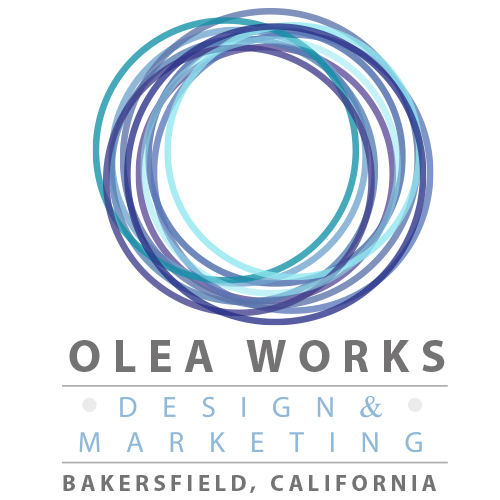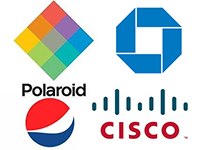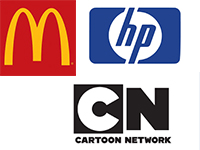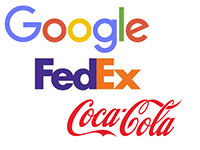Ecommerce is defined simply as the online purchase and sale of goods and services. However, there are several types of ecommerce. Understanding the various forms of ecommerce is beneficial for anyone looking to start their own business because it allows you to better understand the various paths your company can take. Ecommerce is used for almost everything, from the online sale of everyday products to financial services such as stock investing. Amazon is the most well-known name in ecommerce, but your local mom-and-pop shop selling their wares online is also involved.
What Are the Types of Ecommerce?
While ecommerce broadly refers to the concept of selling goods and services online, there are various types of ecommerce, which are typically defined by who is selling and who is buying. Understanding the various types of ecommerce is critical for defining your business and identifying your market if you are starting an ecommerce business.
There are six different types of ecommerce:
Business-to-Consumer (B2C):
Business-to-consumer ecommerce is the most popular type and the type you have probably used the most. This is the when companies create online storefronts and stores to market their products or services to customers directly. The target market for a business-to-consumer ecommerce venture might be any individual consumer who is interested in the products or services offered. The business can take many various forms and sell many different things.
Business-to-Business (B2B):
The sale of products and services between businesses is known as business-to-business e-commerce. Services provided or the sale of commodities, frequently in big numbers to another business that may then sell those products directly to customers, are examples of business-to-business transactions. E-commerce enables a business to reach a larger audience of potential business buyers since wholesale suppliers are frequently B2B companies.
Consumer-to-Consumer (C2C):
Online marketplaces are frequently used to describe consumer-to-consumer shopping. Consider Facebook Marketplace, eBay, or Etsy. A direct sale from one customer to another of a good or service is known as a consumer-to-consumer transaction. It’s a strategy that works well for one-off deals or sellers of lesser quantities, but it may also be used to build a bigger company.
Consumer-to-Business (C2B):
Although the term “consumer-to-business” may sound odd, there are ways for people to provide products or services to companies directly. Doing contract work for a business is a common way to accomplish this. An individual may be hired by businesses to create a logo or enhance their website. Participating in an affiliate marketing scheme is also considered to be e-commerce between consumers and businesses.
Business-to-Administration (B2A):
When a company sells its products or services to a public organization, such the government, that organization engages in Business-to-administration e-commerce. This may take the form of services rendered as well as the sale of commodities like office supplies. Business-to-administration E-commerce frequently enables companies to submit bids for accessible government contracts.
Consumer-to-Administration (C2A):
Consumer-to-administration E-commerce is best viewed as a means for people to communicate with businesses. It is a transaction similar to paying taxes or making a doctor’s appointment. E-learning or distance learning would also be considered consumer-to-administration ecommerce.
Choosing Your Type of Ecommerce
Various aspects of your company should be taken into account as you choose your strategy. When making your choice, take into account the following:
What Are You Selling?
You should determine what you are selling before making any decisions concerning your customers. Determining the specifics of your business depends on your ability to provide the product you are offering and your understanding of what you are offering. Before deciding on your company plan, decide what it is that you want to sell.
How Much Will You Produce?
Certain products scale nicely. They can be produced quickly and sold in large or numerous quantities. More specialized products or services exist as well. Establish a workable scale for your product and your capacity for production. Producing too much of something with low demand or too little of something with strong demand is the absolute last thing you want to do.
How is The Market?
You must comprehend the remainder of the market and your possible competitors to maximize the possibilities of your e-commerce business. Do you have something to give that they don’t? Does your product have a place among similar ones? If you enter a busy area, more established firms may have an advantage over you.
On the other hand, if you look for an underserved market, you could wonder why the gap you discover isn’t being filled. Maybe there’s a reason why nobody else is attempting it. Before you choose your business, take a thorough look at the surroundings.
How to Create a Custom Ecommerce Strategy
Once you have chosen the kind of e-commerce venture you want to launch, you can start formulating your plan. Depending on your product and the type of e-commerce you use, this will vary.
Stock Your Product
Making sure that your product is ready to sell should be your first priority. You need to be able to complete orders as soon as they are received once your e-commerce website has launched. Decide how much you need to have on hand and how quickly you can get more products if necessary. Consider scale because you’ll want to be able to expand.
Promoting Your Product
You must find your customers once your e-commerce business is ready. Marketing is one of the greatest ways to achieve this, albeit different business kinds have varied marketing requirements.
Sell Then Deliver
It’s important to start distributing your products as soon as they start to develop an audience. You must now be aware of the specifics of your delivery method. You can put up a subscription business, offer wholesale, offer drop shipping, or sell directly to customers. Select the delivery strategy that best fits your goods and enables you to efficiently reach your customers. Depending on the route you pick and how you decide to carry out your business strategy, starting an e-commerce business can have both benefits and drawbacks.
Pros
- E-commerce has a broad audience. You may access a global market through e-commerce without having to open stores all over the world or make a big upfront investment. Anyone with internet connection is your prospective consumer base.
- E-commerce permits direct communication. The ability to communicate with your customers directly is one of the best aspects of online commerce. More communication, better market targeting, individualized care and assistance, and an easier supply chain are all made possible as a result.
- E-commerce Has Less Overhead. E-commerce enables you to launch with significantly reduced costs because you won’t have to keep a physical shop that must be staffed and functioning. From storage to third-party customer care platforms, you can frequently discover affordable solutions for your business’s demands, enabling you to offer all the extras that customers expect from you.
Cons
- There is fierce competition for e-commerce companies. Given the size of the e-commerce industry, it is likely that the market niche you are trying to fill already has a competitor. Additionally, it makes it challenging to separate apart from the competition, particularly for a young company.
- Consumer-related e-commerce worries. Even if e-commerce is used for a huge number of transactions, some customers are still wary about it. They are worried about the security, privacy, and handling of their data. Without taking additional steps to put safety measures into place, it might be challenging to ease these worries.
- Lack of fraud protection in e-commerce. As a business, ecommerce entails some dangers as well. Scams like chargebacks and bogus disputed charges can harm a company and cost a lot in terms of lost productivity and time. Additionally, there aren’t many safeguards for companies who run across these issues.
- E-commerce is just electronic trade in its most basic form. It involves the online sale of goods and services. Despite the fact that it sounds like a specialized field, you encounter it every day.
Olea Works Design & Marketing can help you make the jump into the world of ecommerce, with ease. Contact us today to discuss your new website, with no obligation. Each individual business has specific needs when making the transition into the world of ecommerce and we have the knowledge, experience and tools to help you make your venture a success. Click here to contact us, or you can call or text our office at 909.255.OLEA (909.255.6532).





